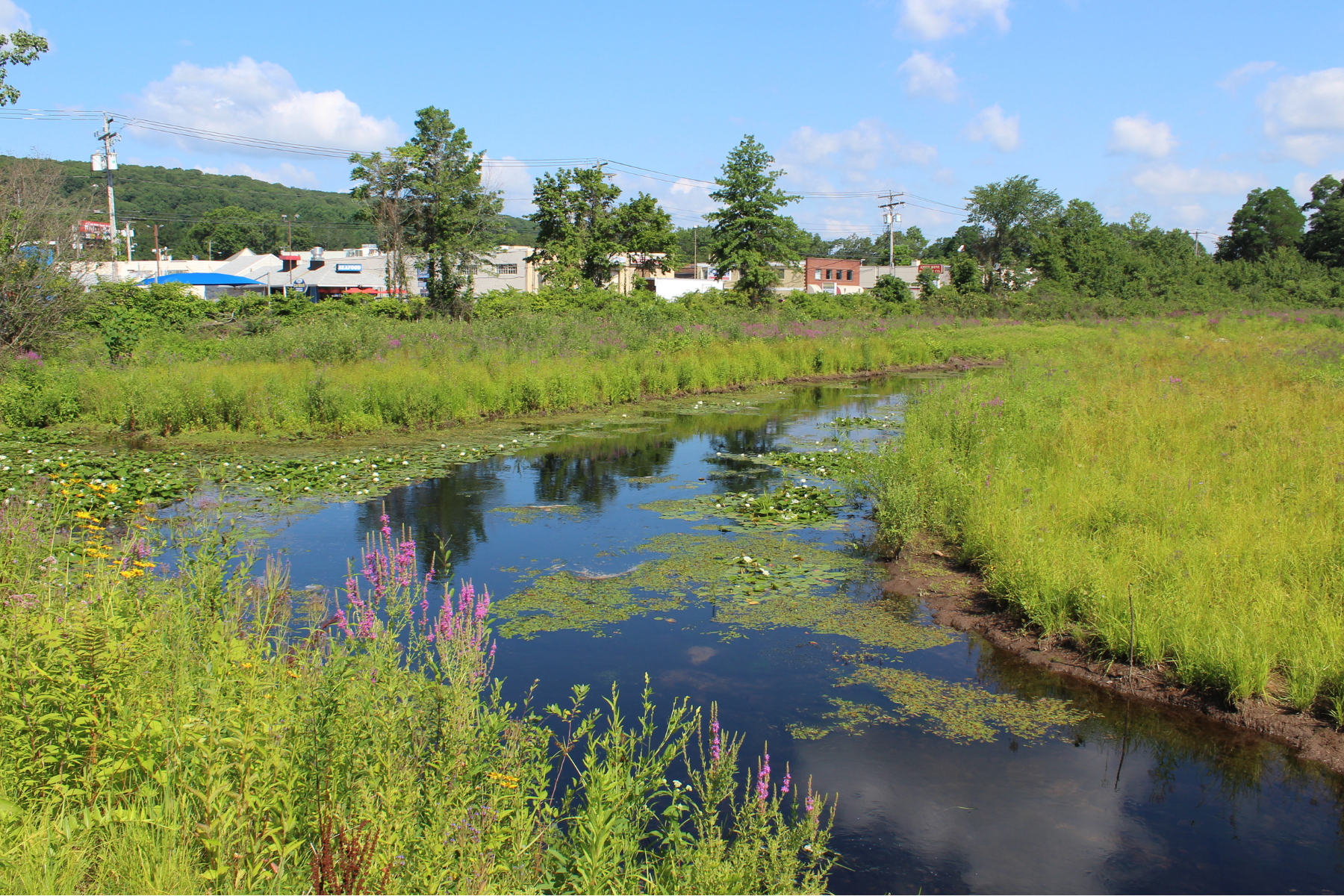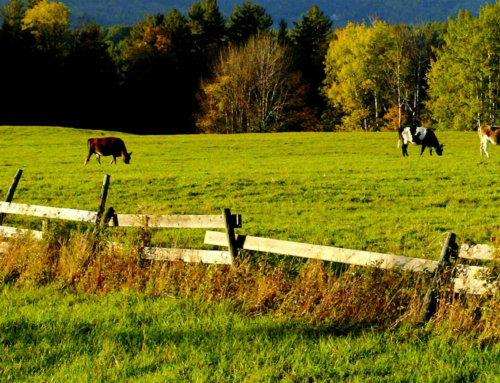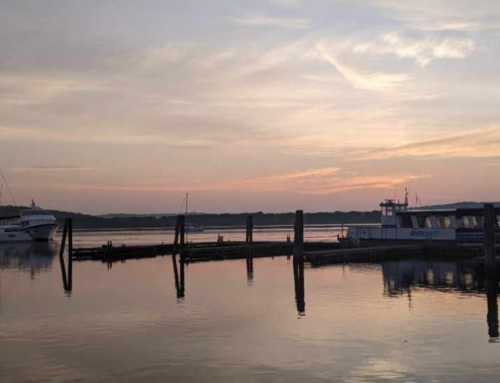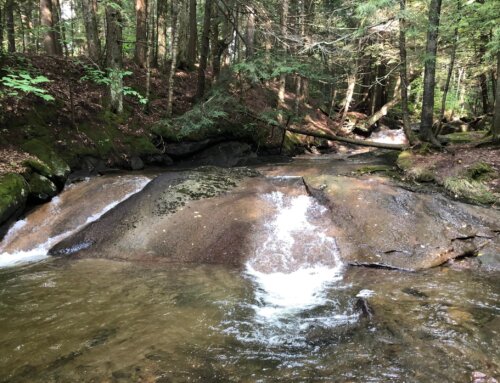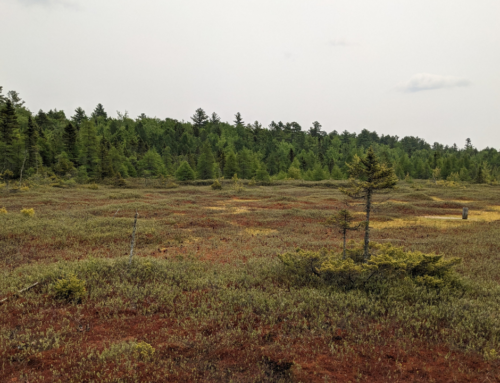Long Island Sound River Restoration Network Testimony in SUPPORT of SB 192 An Act Concerning Dam Safety with modifications
March 8, 2024
To: Honored Co-Chairs, Sen. Lopes and Rep. Gresko, and distinguished Members of the Environment Committee
As the founding members of the Long Island Sound River Restoration Network (RRN), we represent the organizations leading the restoration of migratory fish habitat in the Long Island Sound watershed through advocacy, dam removal, and culvert assessment and modification. The RRN is a community of practitioner NGOs working closely together to accelerate the pace and scale of barrier removal across the region. Collectively, our organizations represent and work across the entire watershed in Connecticut and New York and have leveraged tens of millions of dollars for the removal of barriers to fish passage. As individuals and organizations, we have an intimate understanding of the critical importance of dam safety and, and a vested interest in river restoration for human health and environmental health. We are writing in support of SB 192, which will help improve the safety of our communities, and we recommend modifications that can help support river health and improve flood resiliency in the long term.
Dams pose threats to Connecticut’s ecosystems and communities, and there are over 5,000 of them in the state. Poorly maintained dams or those that have outlived their useful life are at risk of failing. Dam failure can cause flooding and damage to upstream and downstream infrastructure, homes, businesses, and ecosystems. Any polluted sediment trapped behind a dam is also released. With severe and unprecedented storms becoming more common, dam failure is a growing threat to communities in our state.
SB 192 provides crucial updates to existing dam safety regulations, empowering the Department of Energy and Environmental Protection to take proactive measures to address potential hazards and mitigate risks to public safety and the environment. The bill grants the commissioner authority to issue orders for the repair, or stabilization of unsafe dams, ensuring swift action in response to imminent threats.
By strengthening regulatory oversight, enhancing emergency response capabilities, and imposing penalties for non-compliance, this bill will help to prevent disasters, protect ecosystems, and safeguard the health and well-being of our communities.
While this bill is absolutely a step in the right direction, the members of the RRN urge you to add the language of dam removal into SB 192. Dam removal means a river restoration and resilience project that removes all or part of a dam. While temporary stabilization or dam repair may help improve safety in the short-term, dam removal has myriad long-term benefits. These include increased flood resilience by lowering the floodstage, passage for migratory fish, and improved water quality. Most often, dam removal is the cheapest option for dam owners compared to repair, inspection, and maintenance costs. By removing a failing dam, dam owners can greatly improve flood resiliency as well as avoid future maintenance costs. The safest dam is one that is not there. Here are our recommended modifications:
Line 34:
“The commissioner may discontinue, abate or alleviate such condition by means that include, but are not limited to, the temporary or permanent stabilization or repair of the dam, dam removal, or any other actions necessary to place the dam in a safe condition and may retain any contractor or consultant necessary to perform such actions.”
Line 77:
“The commissioner may discontinue, abate or alleviate such condition by means that include, but are not limited to, the temporary or permanent stabilization or repair of the dam, dam removal, or any other actions necessary to place the dam in a safe condition and may retain any contractor or consultant necessary to perform such actions.”
An example of a dam removal success story is the Pond Lily Dam on the West River in New Haven, CT. The dam increased flood risk to nearby homes and businesses. The dam was removed in 2016, supported by the Hurricane Sandy Recovery Fund to reduce flooding in this urban watershed. In addition to decreasing localized flooding, the removal has dramatically increased migratory fish passage, and has allowed native plants to flourish.
Past dam removals by the members of the RRN show how restored, free-flowing rivers decrease flooding, provide fish passage, and improve water quality. We urgently need to remove vulnerable structures to restore natural river and floodplain functions. Those functions make our communities and ecosystems more resilient to climate change. We urge you to support SB 192 and strengthen it, so we can protect Connecticut’s communities and ecosystems.
Sincerely,
Rhea Drozdenko
River Steward
Connecticut River Conservancy
Anthony Allen
Director of Restoration Strategy
Save the Sound
Andrew Fisk
Northeast Regional Director
American Rivers
Tracy Brown
Restoration Manager
Trout Unlimited
Holly Drinkuth
Director of River and Estuary Conservation
The Nature Conservancy in Connecticut
Aimee Petras
Executive Director
Farmington River Watershed Association
Michael Jastremski
Watershed Conservation Director
Housatonic Valley Association


